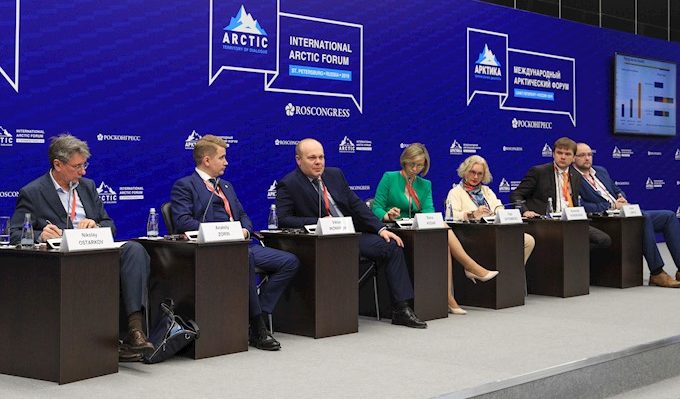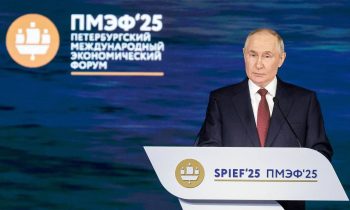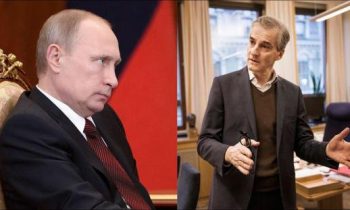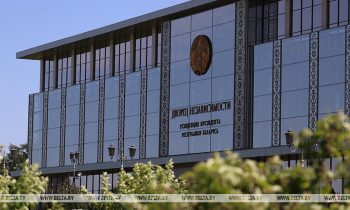The Youth Day of the International Arctic Forum 2019 offered a panel session entitled ‘Supporting Young Enterprise in the Arctic’.

Nikolay Ostarkov, Member of the General Council of Delovaya Rossiya (Business Russia) moderated the session and emphasized that “supporting small enterprises is not an easy job. Despite various preferences and privileged regimes, there’s no explosive growth. We need to create a single mechanism to support youth projects aimed at developing northern regions. In the nearest future, we will draft a programme to promote entrepreneurship and we need specific and clear proposals based on this session.”
Pavel Lenets, Director of Sapphire LLC, shared the following statistics: 18% of Russia’s territory is inhabited by just 2% of its population. Migration balance in the Arctic area is negative. Businesses show an increment in earnings, but their expenses are also on the rise. Over the last three years, the number of registered entrepreneurs has not seen any real growth: in 2017 – 64,039; in 2018 – 64,047; as of 1 January 2019 – 64,137. Services would be the main business profile, as stated by Mr. Lenets. He gave the following answer to the question “What needs to be done to change the situation?”: “We need adequate social and transport infrastructure, preferential interest-free loans, ASEZ and technology parks in the Northern Sea Route’s ports, equipment leasing at minimal interest rates, incentives for enterprises, business training and business incubators.”
Alexander Kondrashin, Director General of the Agency for Investment Development of Sakha Republic (Yakutia), noted that major businesses in the North were capable of giving 10–15% of their orders to small and medium enterprises. He also stated that “the Arctic needs two fundamental things – investment projects and people. When it comes to delivering public-private partnership (PPP) projects, including the social ones, taxes need to back off a little. The Arctic needs to become an attractive place for people to work and live. Private healthcare, private education and ulus (nomad camp) residents should be exempt from taxes,” concluded Alexander Kondrashin.
Viktor Ikonnikov, Deputy Chairman of the Government of Arkhangelsk Region, shared his vision of the problems business faced in his region. Mass production for major businesses is done in the central part of the country, as doing it locally is cost-prohibitive. In this case, savings reach 15–20%. The cost of electric energy is very high in the North. It needs to go the wholesale market pool first, which will reduce energy cost and increase efficiency of local businesses. Besides, another burden on the business would be the so-called Northern allowance, shorter business week and longer vacations. “Supporting young enterprise requires developing mentorship, implementing large projects in the Arctic zone and providing financial support to the little ones,” stated Mr. Ikonnikov.
In her speech, Olga Shtemberg, Chairperson of the Committee for Supporting Entrepreneurship in the Field New Quality of Life and Sustainable Development of the Chamber of Commerce and Industry of the Russian Federation, focused on the environmental problems of the northern areas. “The North is a special and sensitive area, while environmental action is always expensive. The North needs understanding and careful protection. The Arctic is Russia’s face. It needs to be actively cleaned of whatever remained of the Soviet time activities, and business has a long way to go in this department,” emphasized Olga Shtemberg.
Anatoly Zorin, Director of the Russian Youth Business Assistance Center, spoke about the project to create the automated system called ‘Entrepreneurial Community’ that would serve as a tool to build horizontal ties between business people.
Elena Kozak, Director of the Center for the Development of Innovative Teams and Projects “Creative Cluster” and Head of the Project “Arctic Youth” at Taimyr College, discussed projects to create and promote folk art brands of the indigenous and small-numbered peoples of the North.



